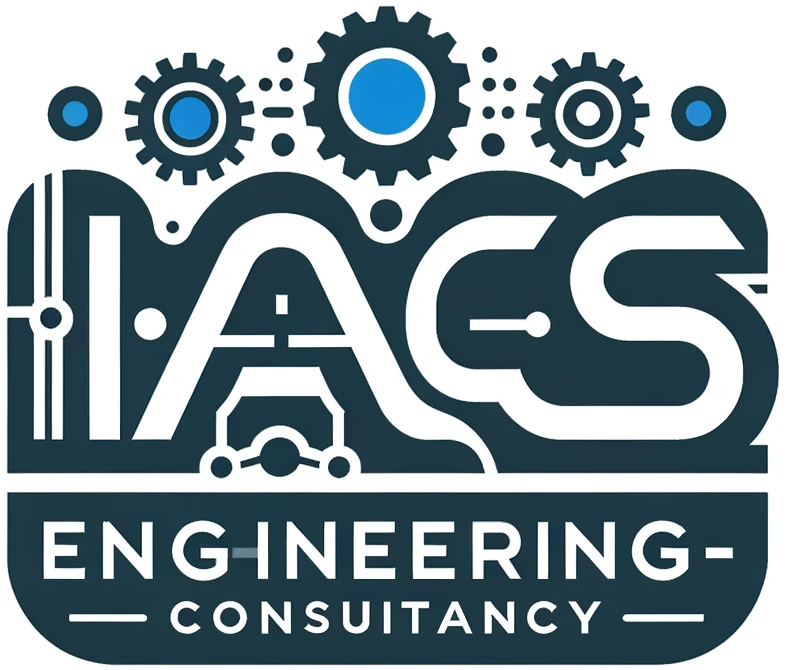Process gain refers to the ratio of change in the process output to the change in the process input, assuming all other factors remain constant.
Process gain (Kp) is a key metric in control loop analysis that quantifies the relationship between the manipulated variable (MV) and the process variable (PV). It essentially tells you how much the process variable changes for a given change in the manipulated variable.
Process Gain Formula:
Kp = ΔPV / ΔMV- ΔPV: Change in Process Variable (e.g., temperature change)
- ΔMV: Change in Manipulated Variable (e.g., valve opening change)
Process Gain Units:
Kp is unitless (dimensionless).
Process Gain Interpretation:
- High Kp (|Kp| > 1): A small change in MV leads to a large change in PV. This can be desirable for fast-acting processes but can also lead to instability if not controlled properly.
- Low Kp (|Kp| < 1): A large change in MV is needed for a small change in PV. This indicates a sluggish process that may require aggressive control actions.
- Negative Kp: Indicates an inverse relationship between MV and PV. For example, increasing valve opening (MV) might decrease temperature (PV) in a cooling system.
Using Kp in Control Loop Design:
- Kp is used to determine the controller gain (Kc) needed for optimal loop performance.
- Kc is set in a way that balances responsiveness (reducing error) with stability (avoiding oscillations).
- Techniques like Ziegler-Nichols tuning methods utilize Kp to calculate Kc.
Tips for Process Gain:
- Kp is a steady-state gain and may not reflect dynamic process behavior.
- Consider process time constants and dead times when designing control loops.
- Use process simulations to analyze Kp and loop stability.
Additional Points:
- Kp can vary depending on the operating point of the process.
- Some processes exhibit non-linear behavior where Kp is not constant.
